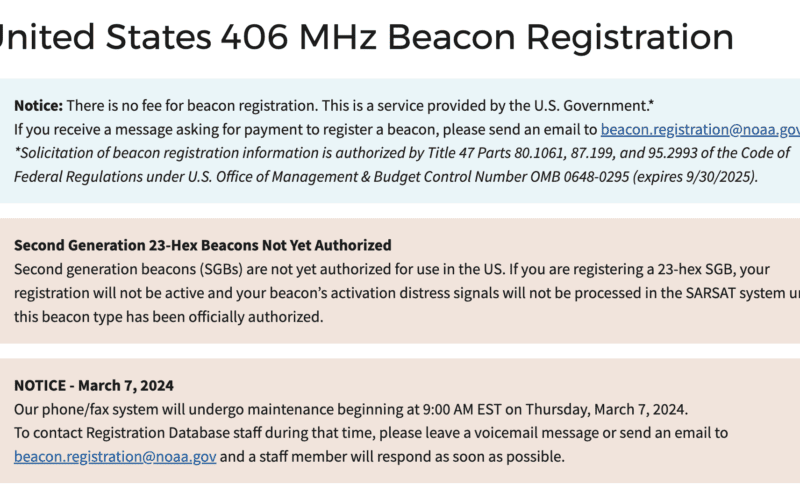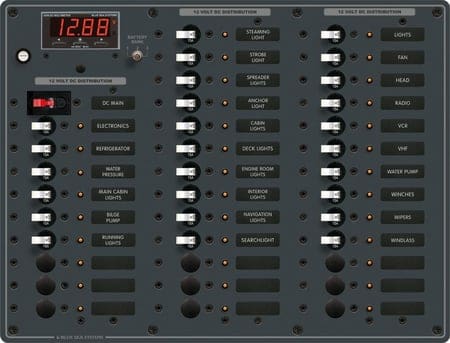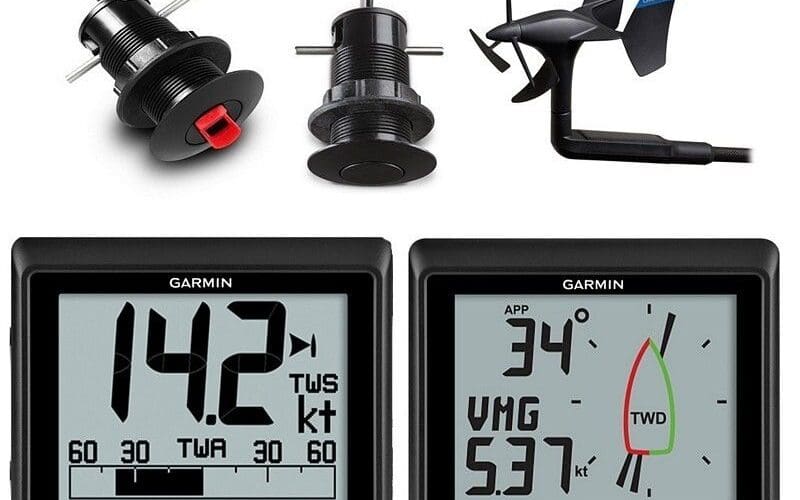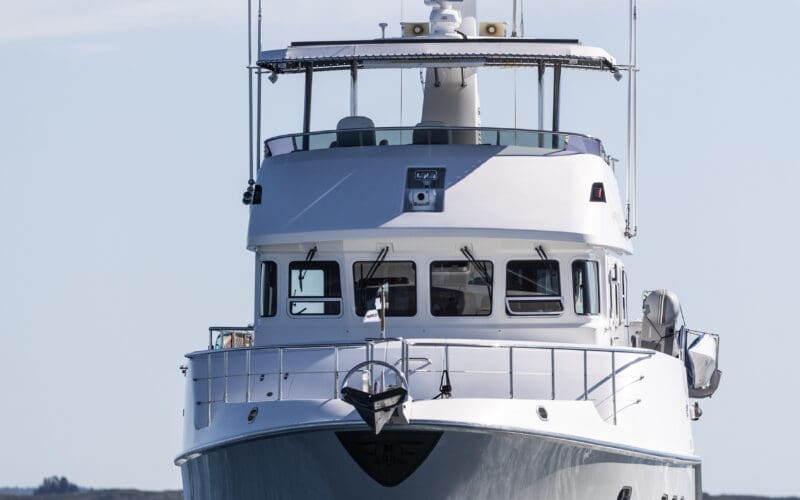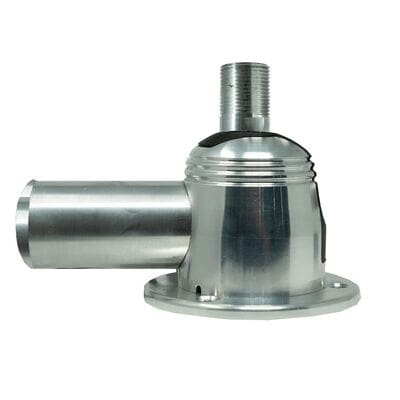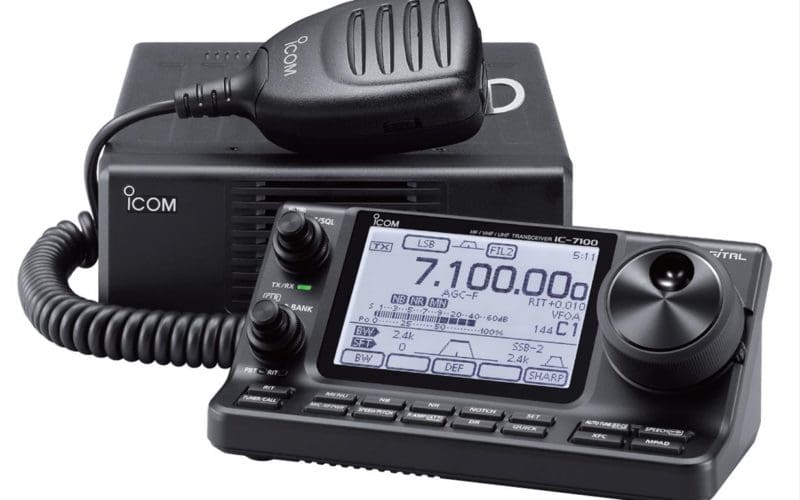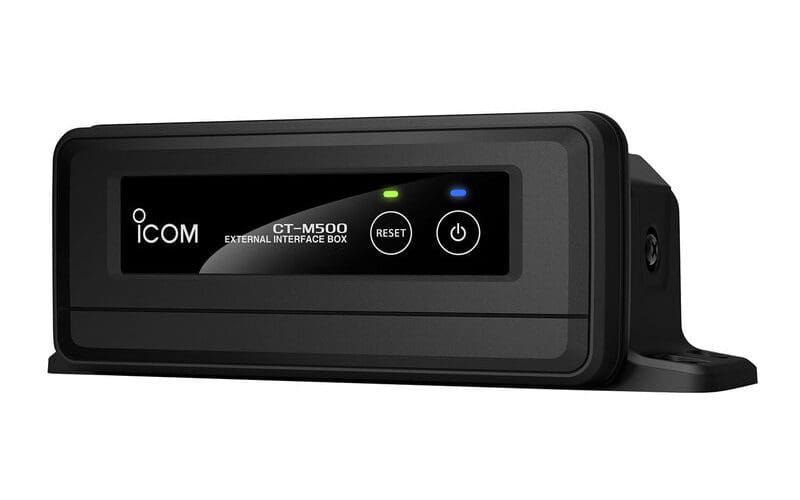13
Mar
What started out decades ago as a military tracking device has become standard equipment on offshore cruising vessels: Emergency Position Indicating Radio Beacons (EPIRBs). Fortunately for today’s coastal and offshore cruisers, numerous manufacturers compete to give us the best EPIRB technology, battery life and ease of use. When we sailors go shopping for marine products, we have the advantage of choice and competitive pricing, and the same goes for EPIRBs. McMurdo, RescueME and ACR Electronics are among the leaders in both technology and competitive pricing. The McMurdo SmartFind G8 Automatic EPIRB is a revolutionary device, the first to combine both…

